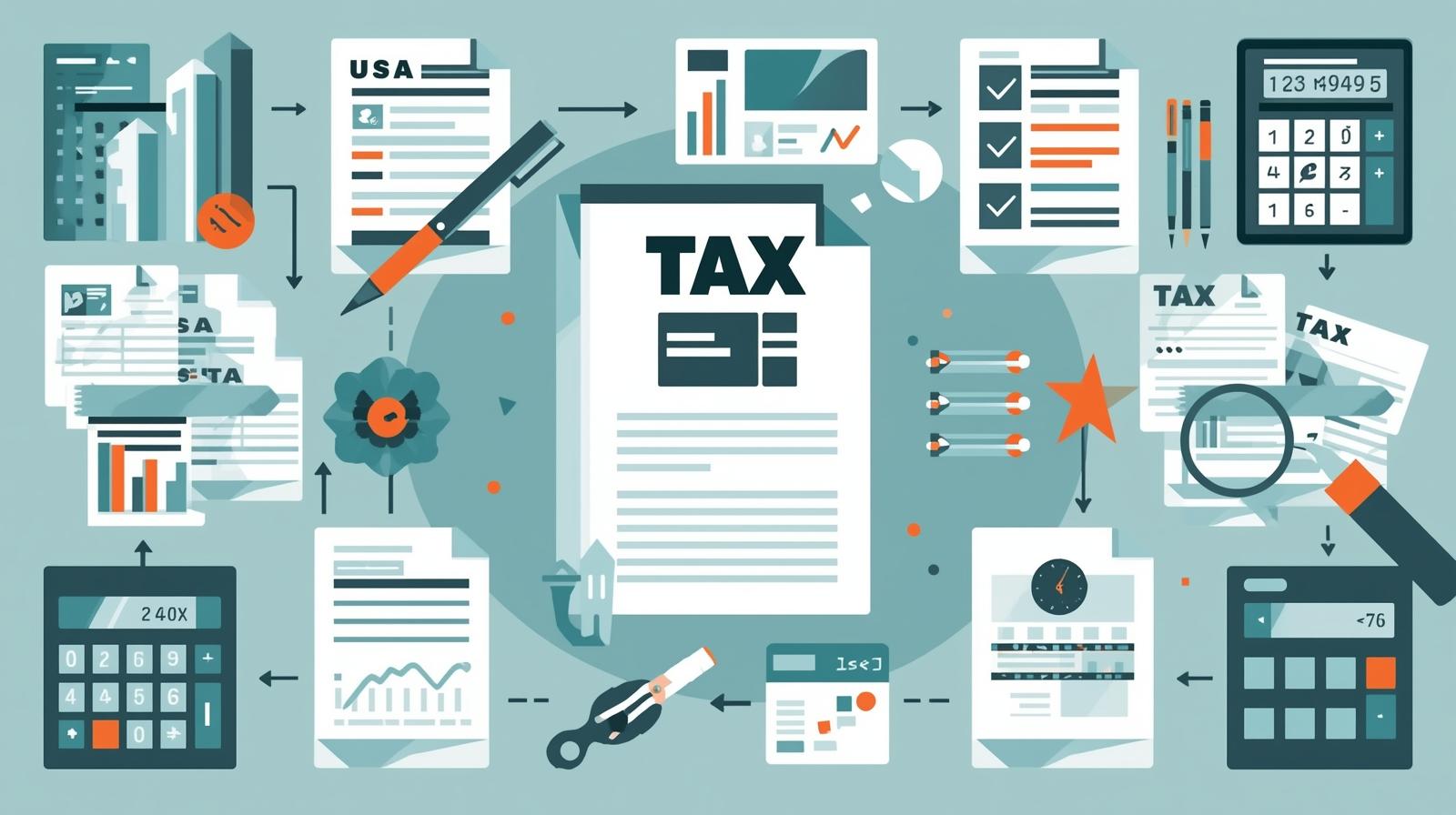
Tax Information & Resources
Your Guide to Understanding Tax Forms, Credits, and Concepts
Form 1040
Tax Schedules Explained
Schedule 1 – Additional Income and Adjustments
Report additional income like capital gains, self-employment income, rental income, or unemployment compensation.
Schedule 2 – Tax
For paying additional taxes like the Alternative Minimum Tax or taxes on a child's unearned income.
Schedule 3 – Nonrefundable Credits
Claim nonrefundable credits for education costs, retirement savings, foreign taxes paid, and residential energy improvements.
Schedule 4 – Other Taxes
List other taxes like self-employment tax, uncollected Social Security/Medicare taxes, or penalty taxes on IRA withdrawals.
Schedule 5 – Other Payments and Refundable Credits
Claim refundable credits, report taxes paid with an extension, or note excess Social Security tax withheld.
Schedule 6 – Foreign Address and Third Party Designee
Use this if you have a foreign address or wish to authorize someone to discuss your tax return with the IRS.
Documentation
Common Income Forms
Form 1099-DIV: Dividends and Distributions
Sent by financial institutions for dividends received from investments. Typically not sent if dividends are less than $10.
Form 1099-INT: Interest Income
Reports interest income paid to you. Issued for interest payments of $10 or more during the year.
Form 1099-MISC: Miscellaneous Income
Used for reporting various other income, commonly for payments to independent contractors ($600 or more) or royalties ($10 or more).
Maximize Your Refund
Understanding Tax Credits
Recovery Rebate Credit
Claim this credit on your tax return if you were eligible for but did not receive the full amount of the Economic Impact (stimulus) Payments.
Child Tax Credit
A credit for parents with dependent children. If the credit amount exceeds taxes owed, a portion may be refundable.
Earned Income Tax Credit (EITC)
A refundable credit for low-to moderate-income working individuals and families, designed to reduce tax burden and supplement income.
American Opportunity Credit
A credit for qualified education expenses paid during the first four years of higher education. A portion of this credit may be refundable.
Lifetime Learning Credit (LLC)
Available for education expenses for courses to acquire job skills. This credit is non-refundable, meaning it can reduce your tax to zero, but you won't get any of it back as a refund.
Financial Planning
Savings & Retirement Accounts
Health Savings Account (HSA)
A tax-advantaged savings account for healthcare expenses. You own and control the money, which can grow over time.
401(k)
An employer-sponsored retirement plan. Contributions are deducted from your paycheck, often with a matching contribution from your employer.
Individual Retirement Account (IRA)
A personal retirement account that allows your investments to grow tax-deferred or tax-free, depending on the account type.
Fundamentals
General Tax Concepts
Transcript or Copy of Tax Return
You can request either a transcript (summary of your return information) or a full copy of the actual tax return you filed from the IRS.
Tax Brackets and Tax Rates
The U.S. has a progressive system with seven tax brackets. This means higher portions of your income are taxed at higher rates.
Deductions (Standard/Itemized)
You can choose to take the standard deduction (a fixed amount) or itemize deductions (listing out specific deductible expenses) to reduce your taxable income.
Income Source
U.S. source income includes wages earned, scholarships received, or interest made from U.S. entities, regardless of your location.